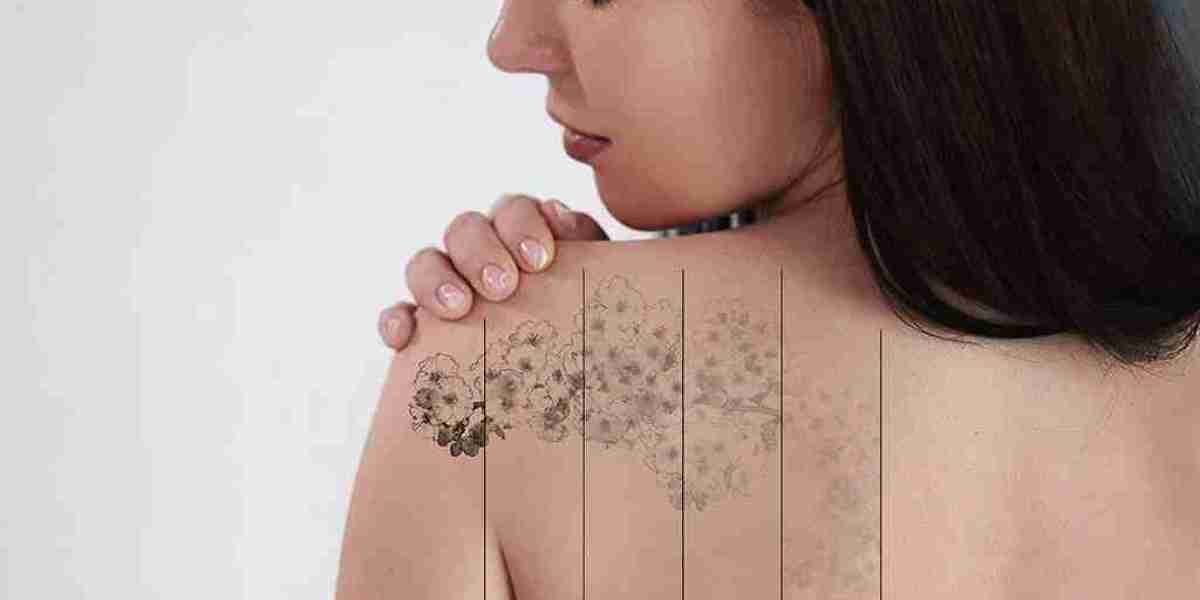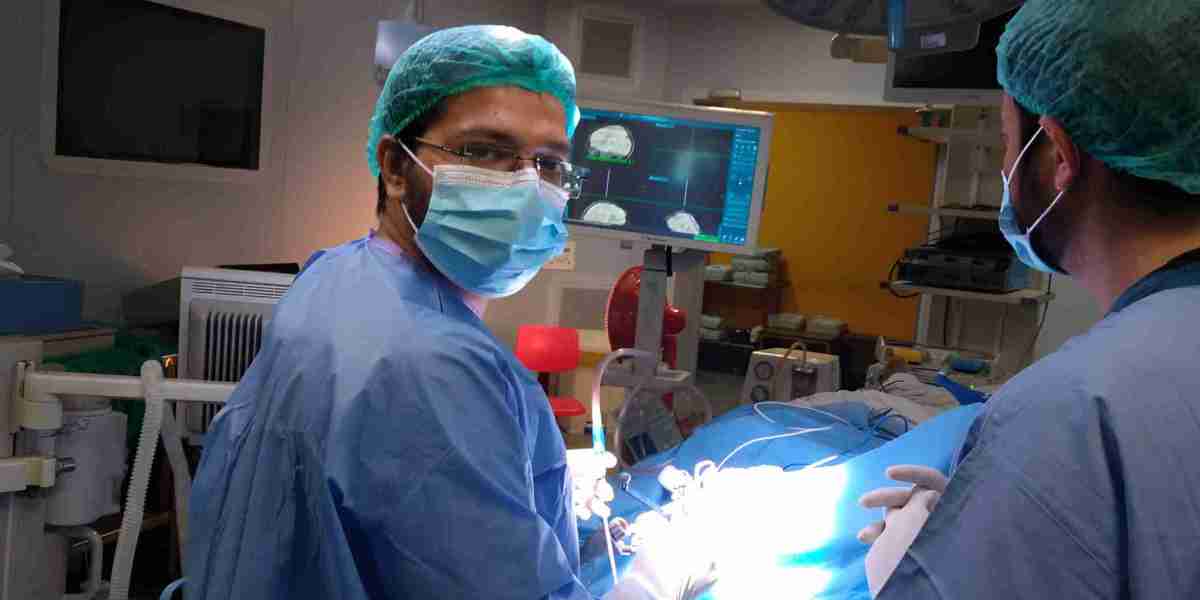One of the most common concerns people have when considering tattoo removal in Dubai is whether the procedure is safe for all skin types. While laser tattoo removal is generally effective, the safety of the treatment depends on various factors, including your skin type, tattoo color, and the technology used by the clinic. Let’s take a deeper look into how tattoo removal in Dubai works for different skin types and what you should consider before undergoing the procedure.
1. Understanding Skin Types
The Fitzpatrick Skin Type Classification is a system that categorizes skin types based on how they react to sun exposure. It ranges from Type I (very fair skin) to Type VI (very dark skin). The classification is essential when it comes to laser tattoo removal because different lasers work better with different skin tones.
✔ Type I – Very fair skin, burns easily, and always tans.
✔ Type II – Fair skin, burns easily, but may tan.
✔ Type III – Medium skin, sometimes burns, tans easily.
✔ Type IV – Olive skin, rarely burns, tans easily.
✔ Type V – Brown skin, rarely burns, tans very easily.
✔ Type VI – Very dark skin, never burns, tans easily.
While laser tattoo removal is effective across all skin types, the risk of side effects, such as hyperpigmentation or hypopigmentation, increases as the skin type moves from Type I to Type VI. This is why it’s crucial to choose the right clinic and practitioner who is experienced in treating your specific skin type.
2. How Laser Tattoo Removal Works for Different Skin Types
The laser technology used for tattoo removal works by targeting the ink pigments within the skin without affecting the surrounding tissue. However, the challenge with darker skin types is that they contain more melanin, which can absorb the laser energy intended for the ink, potentially leading to skin damage.
✔ Fair Skin (Type I-III) – Individuals with fair skin tend to have better results with laser tattoo removal. The contrast between the skin and the tattoo pigment is often more significant, making it easier for the laser to target the ink effectively without affecting the skin.
✔ Medium to Olive Skin (Type IV) – While tattoo removal for olive skin is still effective, it requires more caution. Lasers with specific wavelengths, such as the 1064nm wavelength, are commonly used on these skin types to avoid damaging the skin while still targeting the tattoo ink.
✔ Dark Skin (Type V-VI) – For darker skin, tattoo removal can be more challenging. The higher levels of melanin in the skin can absorb the laser energy, increasing the risk of burns or changes in skin color. Advanced pico laser technology, which emits ultra-short pulses, is typically used to minimize skin damage while still effectively breaking down tattoo pigments.
? Tip: If you have darker skin, it’s essential to seek out a clinic that uses advanced laser technology and practitioners who are well-trained in treating your skin type.
3. Risks and Considerations for Different Skin Types
While laser tattoo removal is safe for most skin types, there are some risks, particularly for those with darker skin tones:
✔ Hyperpigmentation – This refers to darkening of the skin after treatment, which can happen if the laser stimulates excess melanin production. It’s more common in people with darker skin.
✔ Hypopigmentation – This occurs when the laser removes too much melanin, leading to lighter patches of skin.
✔ Burns or Scarring – Although rare, this can happen if the laser settings are not adjusted properly for your skin type.
? Tip: To minimize risks, always go to a clinic that tailors the laser settings to your skin type, and ensure your practitioner is experienced in dealing with a range of skin tones.
4. Choosing the Right Laser for Your Skin Type
As mentioned earlier, different lasers are suitable for different skin tones. Here’s a quick rundown of the lasers commonly used for tattoo removal, depending on your skin type:
✔ Q-Switched Nd:YAG Laser (1064nm) – This is the most commonly used laser for darker skin types. It penetrates deeply and targets ink pigments while minimizing damage to the skin.
✔ PicoSure and PicoWay Lasers – These newer technologies offer shorter pulses and are great for darker skin tones, as they reduce the risk of skin damage and provide better results in fewer sessions.
✔ Ruby Laser – Best suited for lighter skin types, as it targets ink pigments without affecting surrounding tissues. It’s not recommended for darker skin types because it can cause complications.
✔ Alexandrite Laser (755nm) – This laser is effective on fair to medium skin tones, as it targets pigments in the tattoo and does not cause significant damage to the skin.
? Tip: Discuss the available laser options with your provider before the procedure. Your tattoo removal journey will be more successful when the appropriate technology is used.
5. Aftercare and Post-Treatment for All Skin Types
After laser tattoo removal, it’s essential to follow proper aftercare to ensure the best possible outcome for your skin type.
✔ For Light to Medium Skin Types (Type I-IV) – Aftercare includes keeping the treated area clean and applying soothing ointment to reduce redness and swelling. Avoid direct sun exposure, as your skin will be more sensitive post-treatment.
✔ For Dark Skin Types (Type V-VI) – Extra caution is necessary. Use sunscreen with a high SPF to protect the treated area from hyperpigmentation, and apply calming creams as directed by your practitioner.
Regardless of skin type, following the aftercare instructions will help reduce the risks of side effects like scarring and pigmentation changes. Always consult your clinic if you notice any unusual reactions after your treatment.
6. Final Thoughts: Safe Tattoo Removal for All Skin Types in Dubai
Tattoo removal in Dubai is safe for all skin types, as long as the procedure is performed using the correct technology and by an experienced practitioner. The key to success lies in understanding your skin type, the laser options available, and choosing a reputable clinic.







